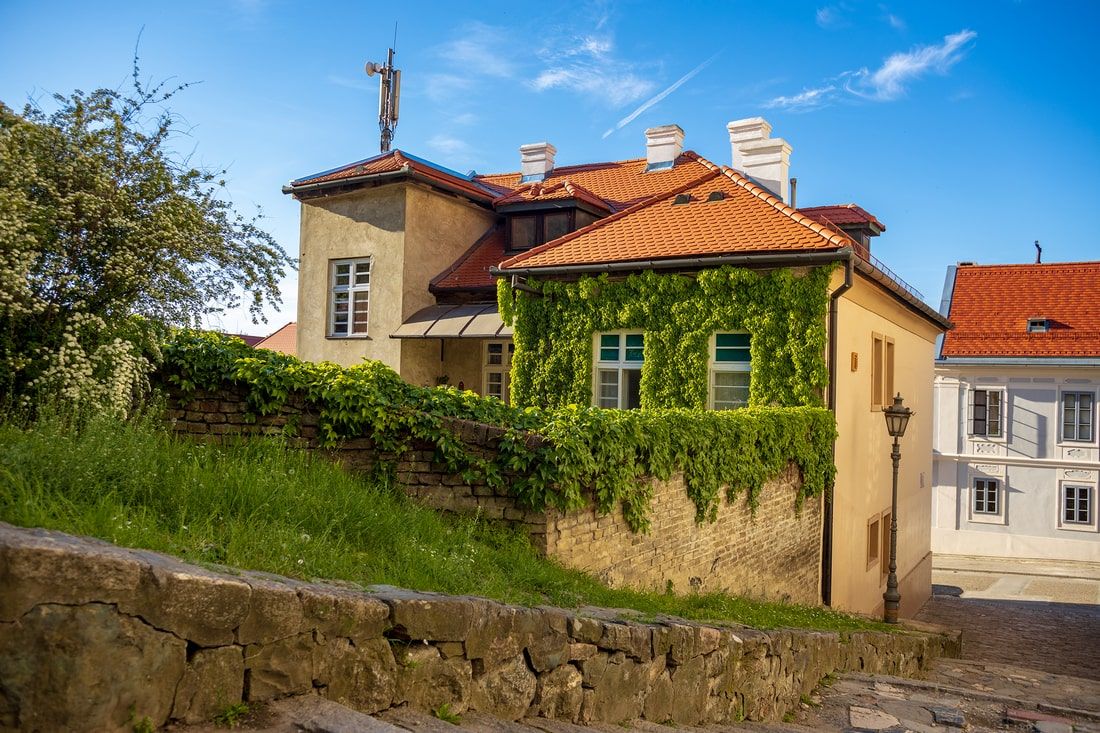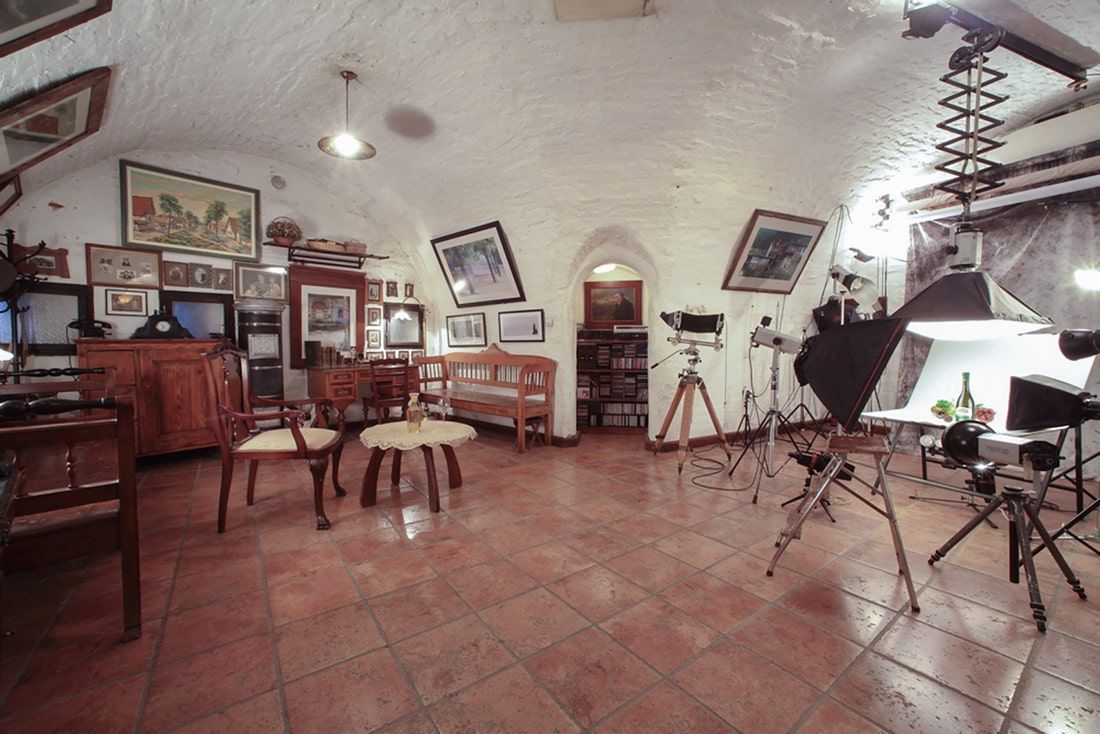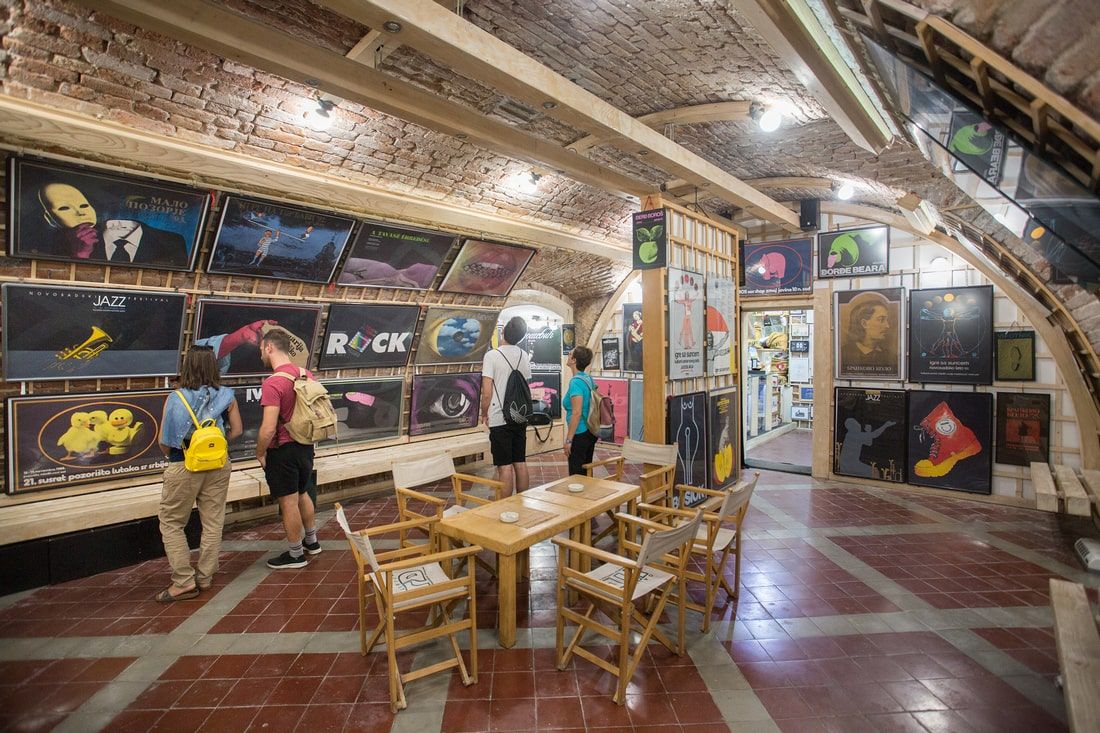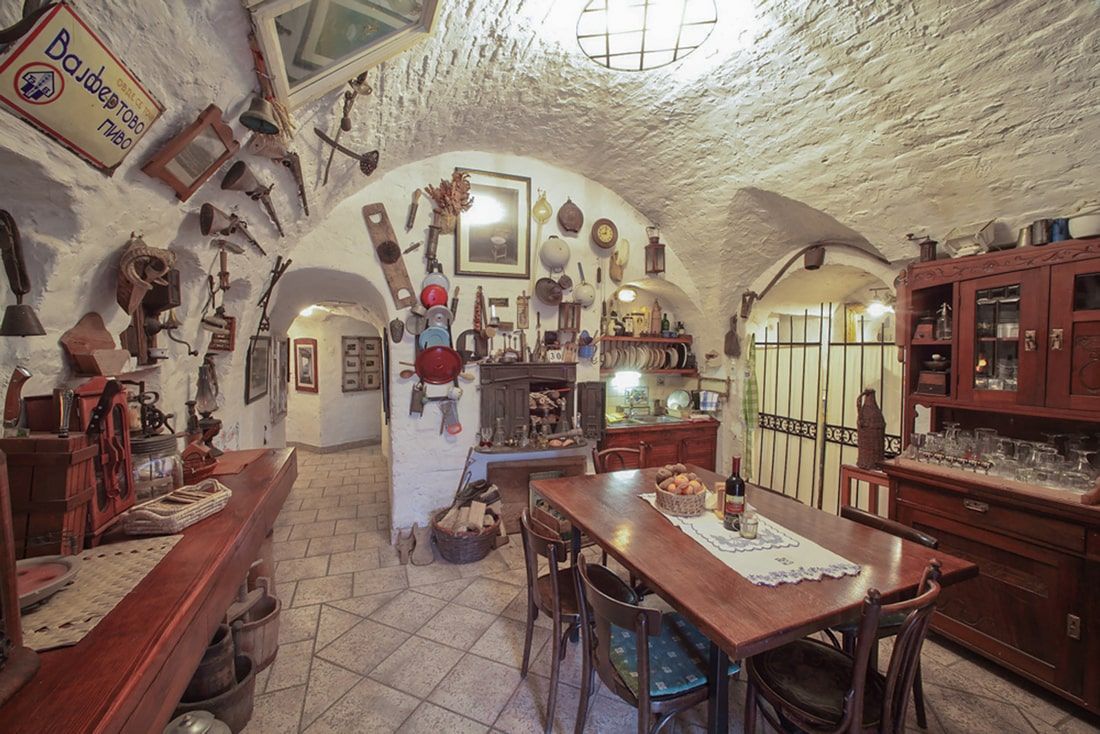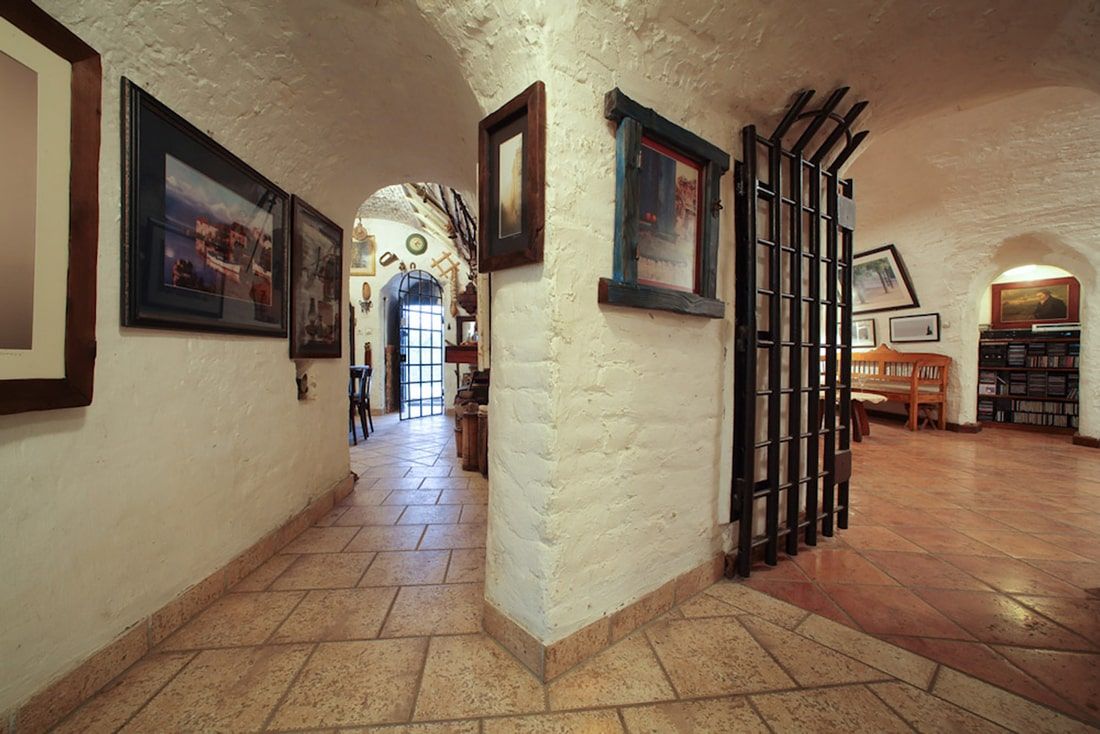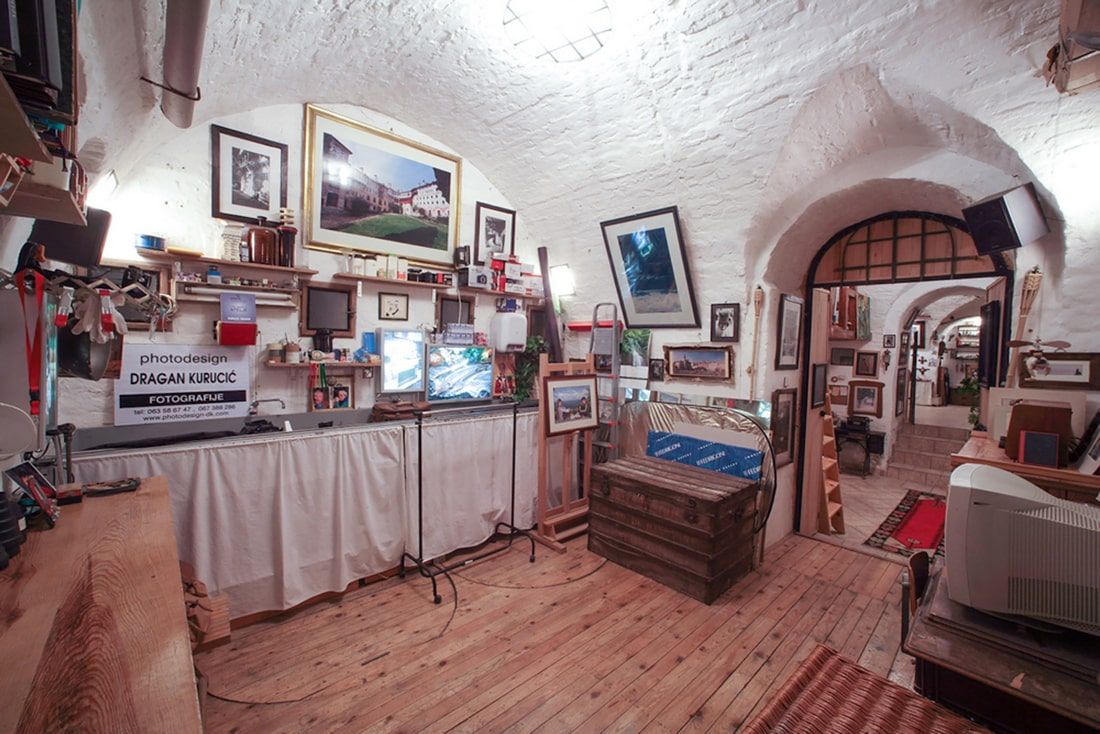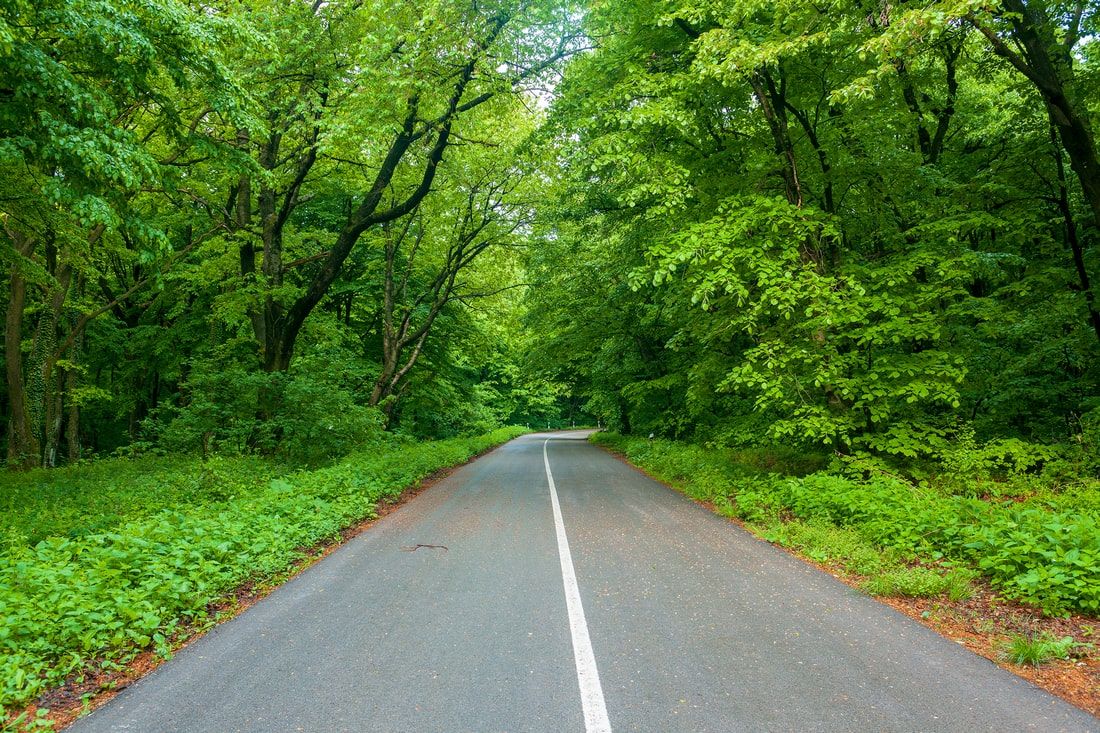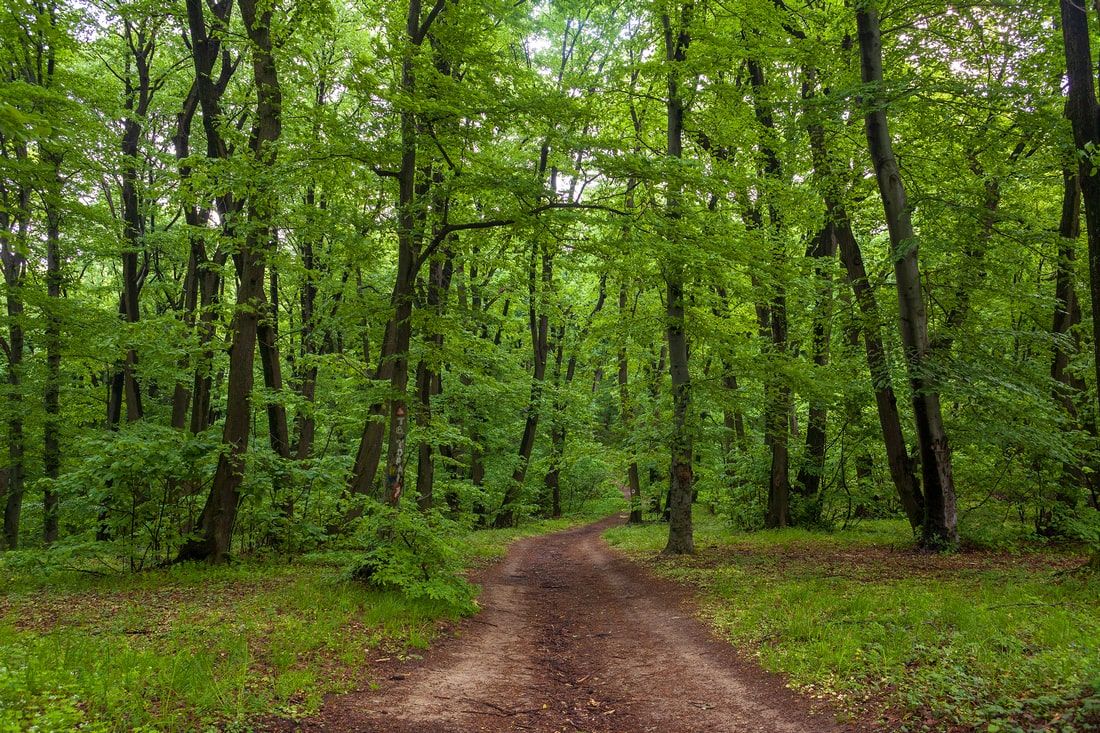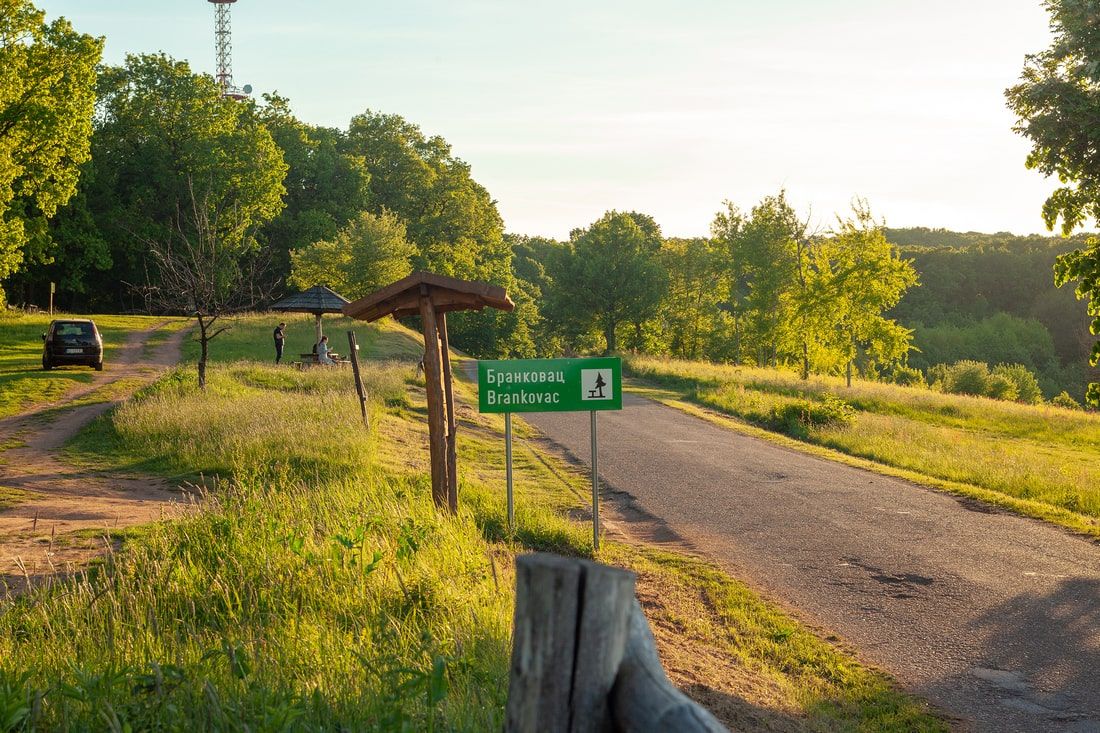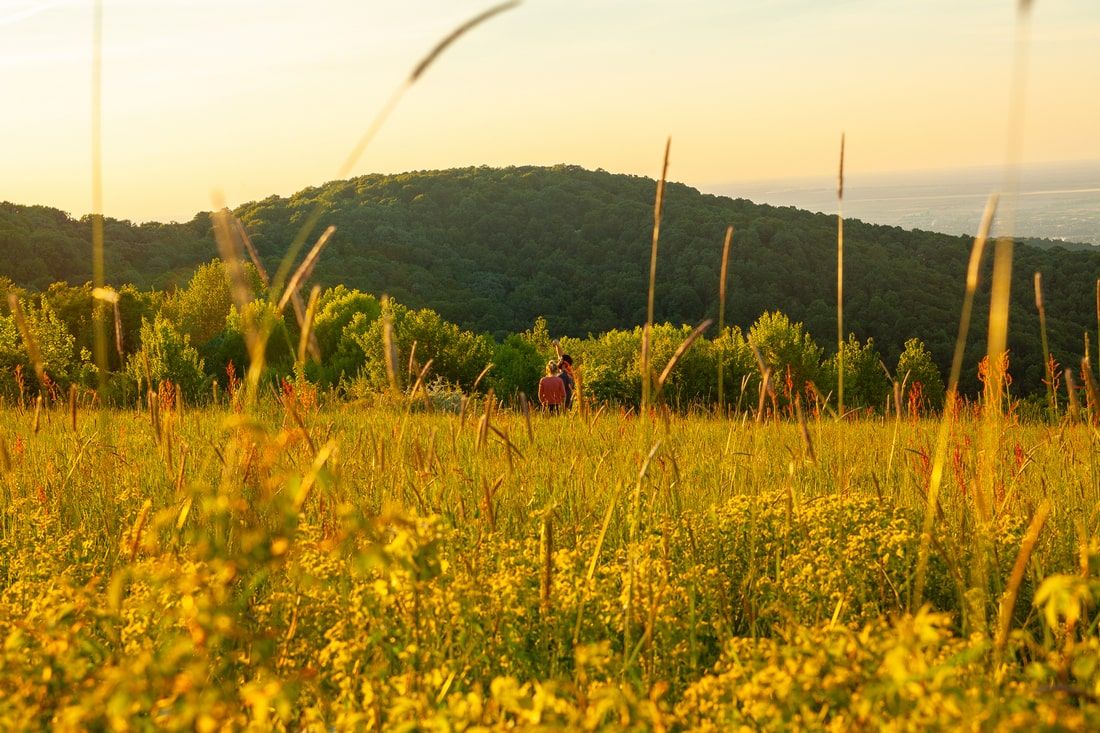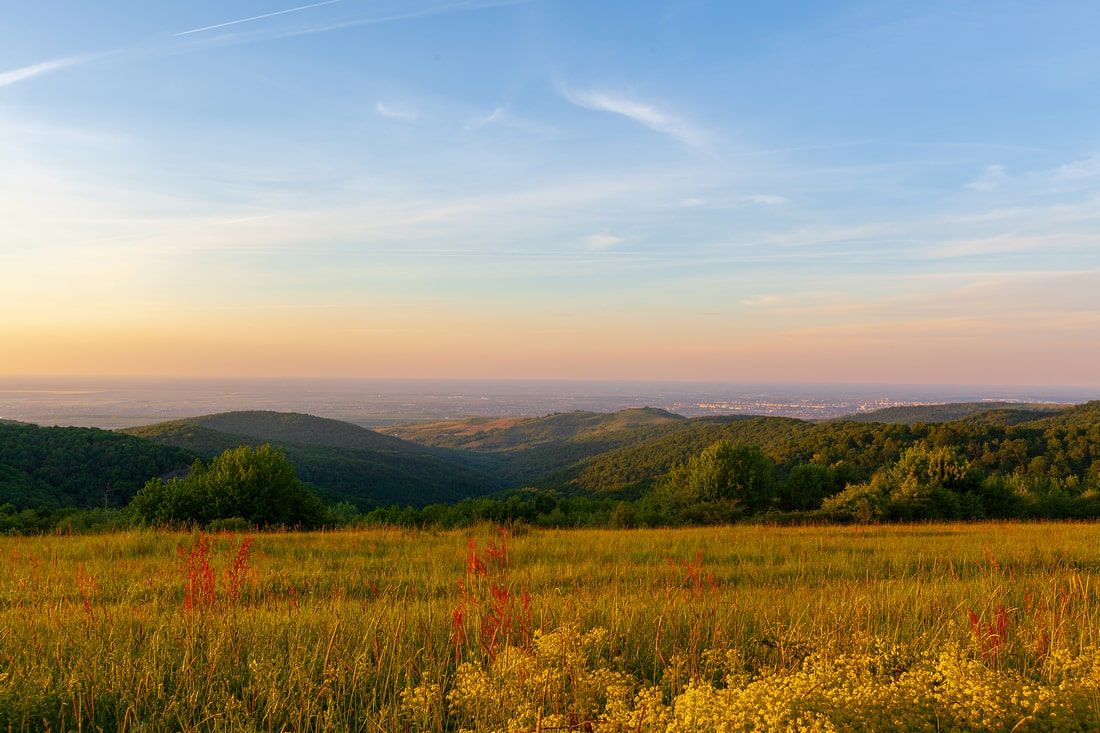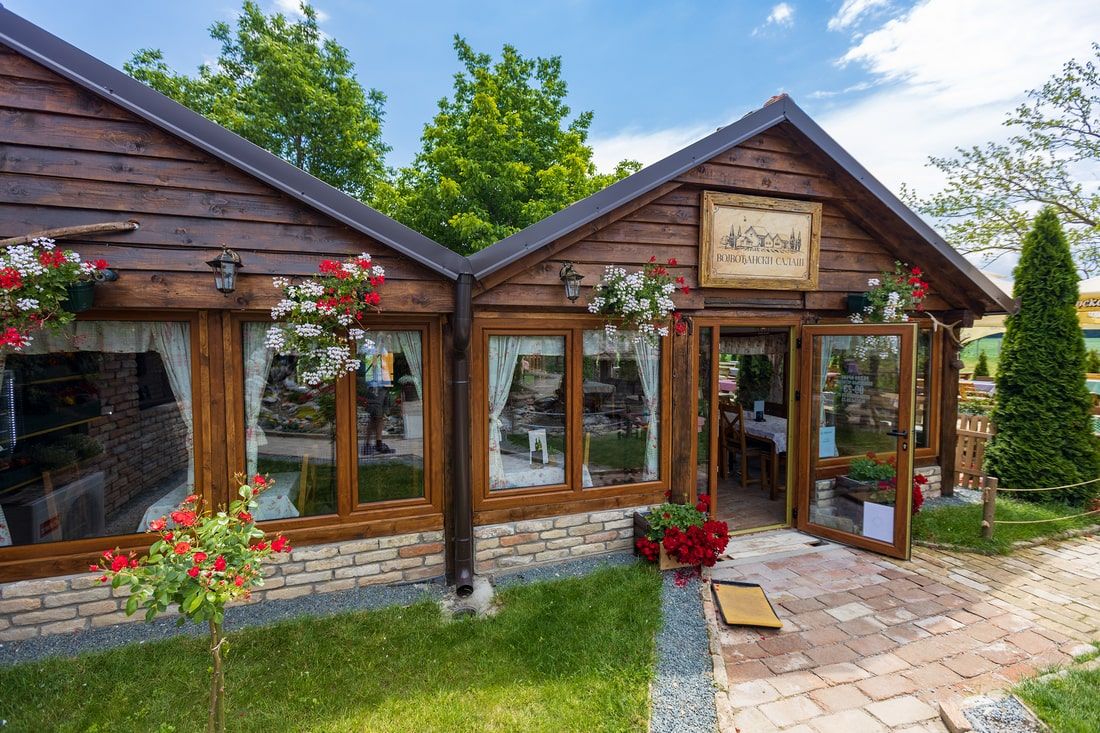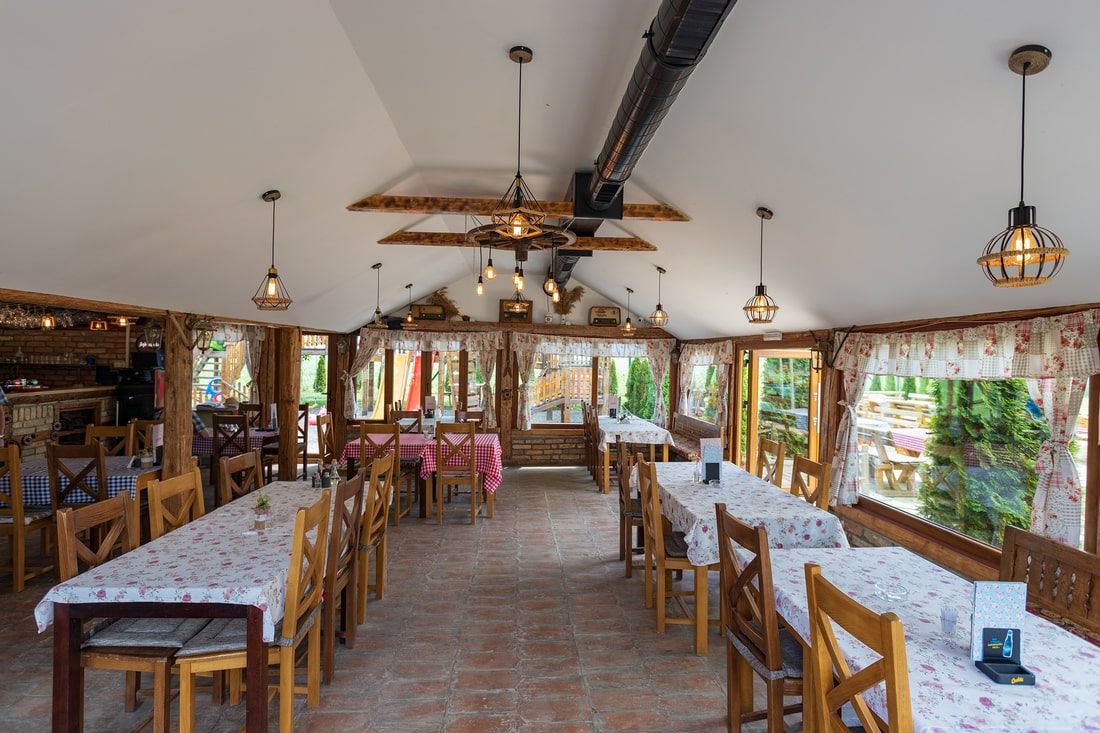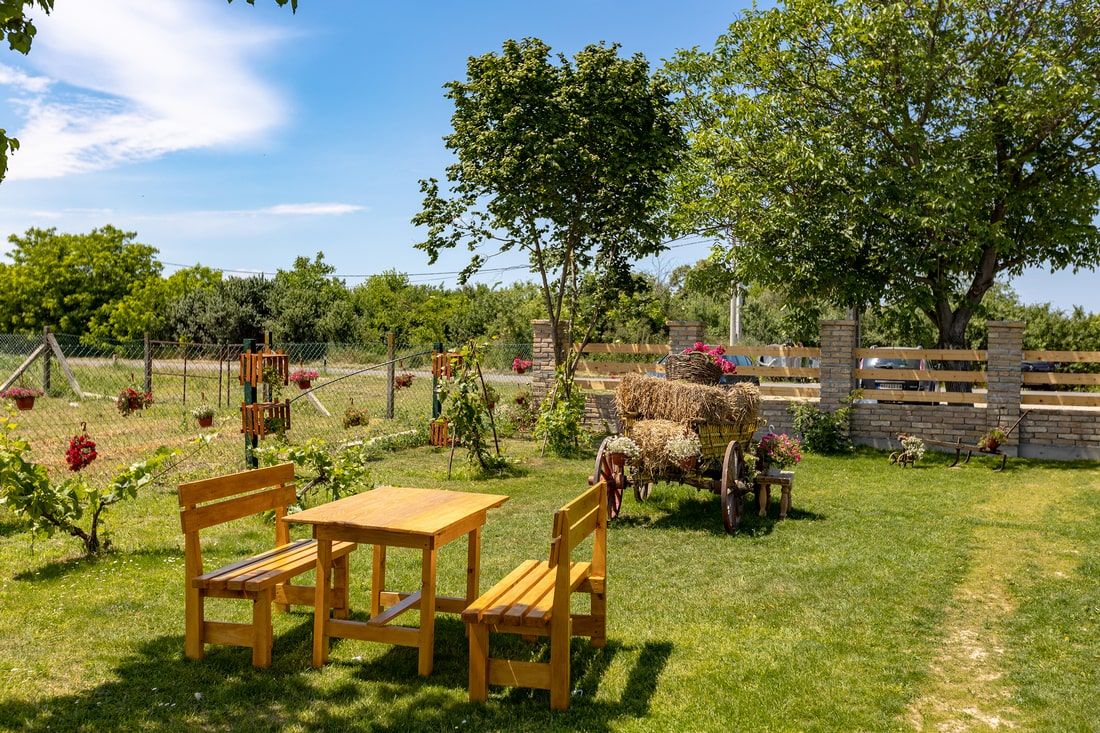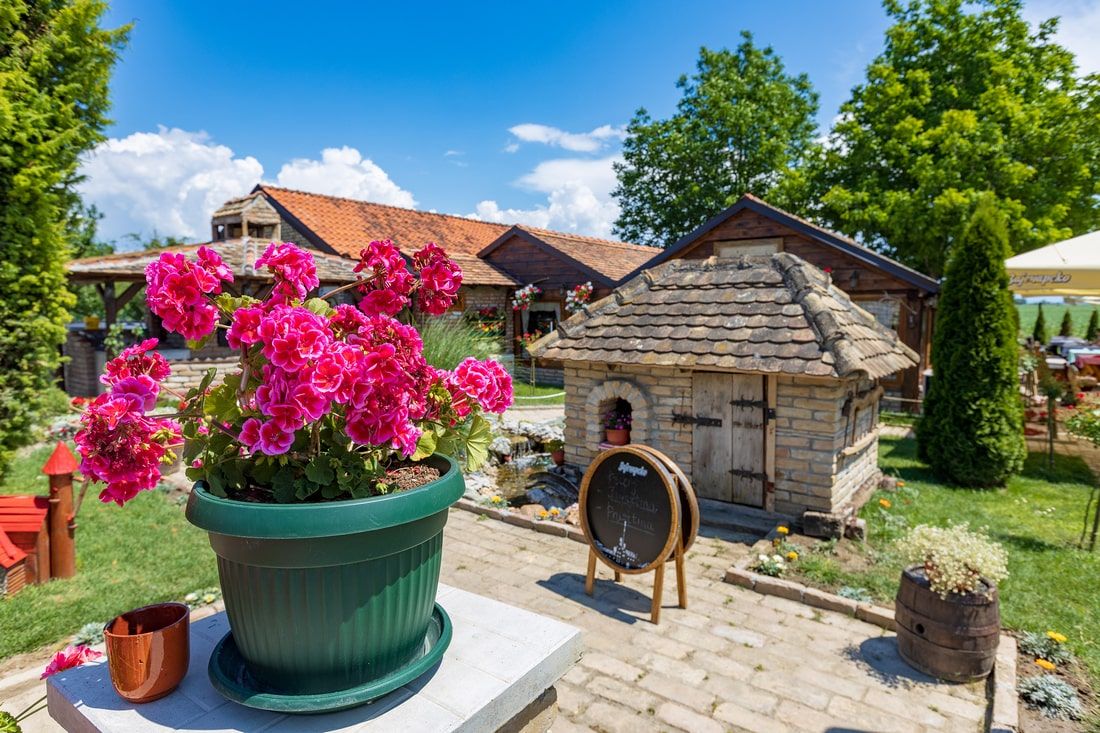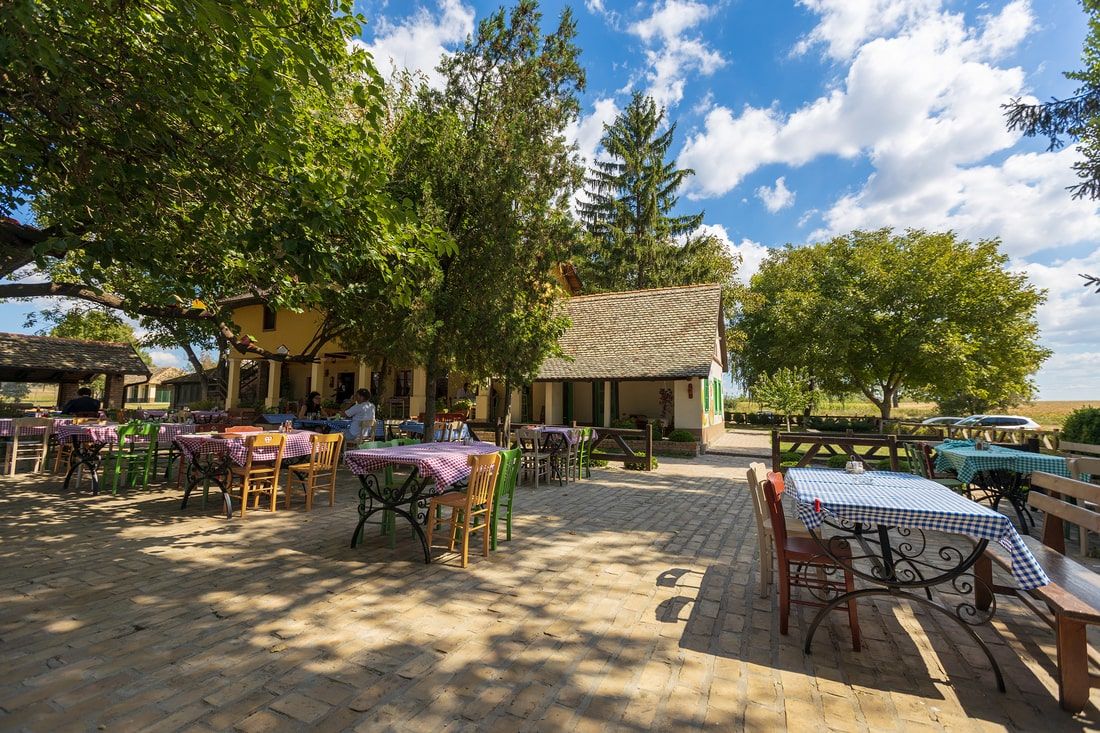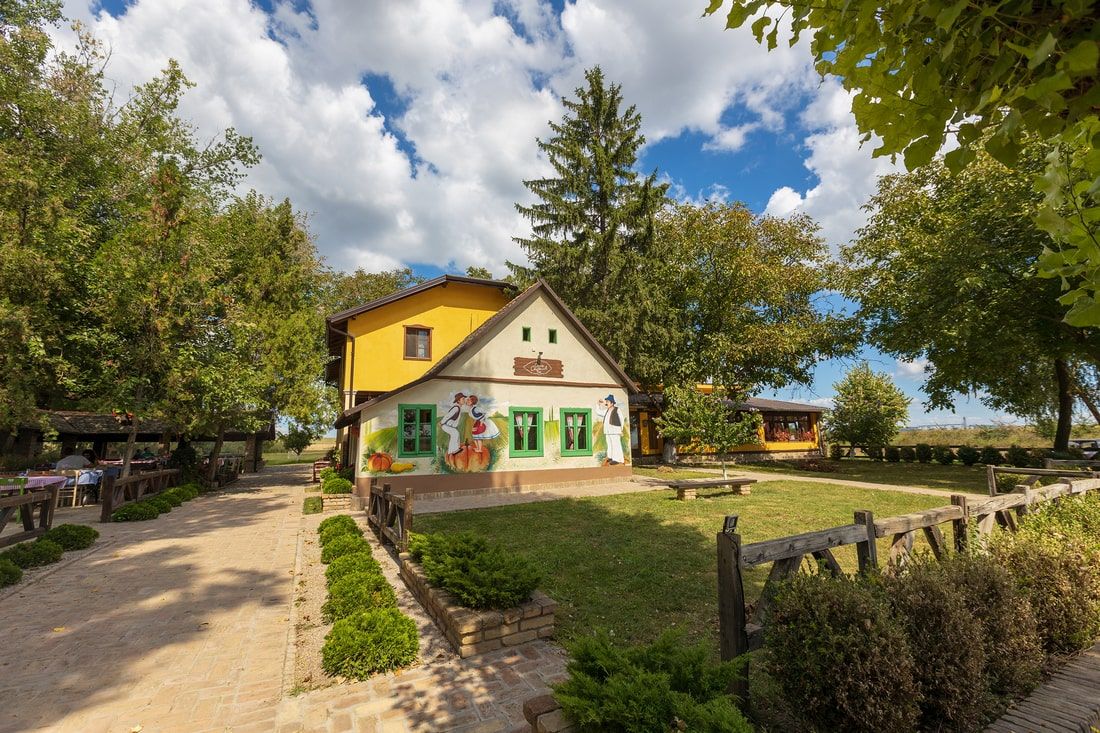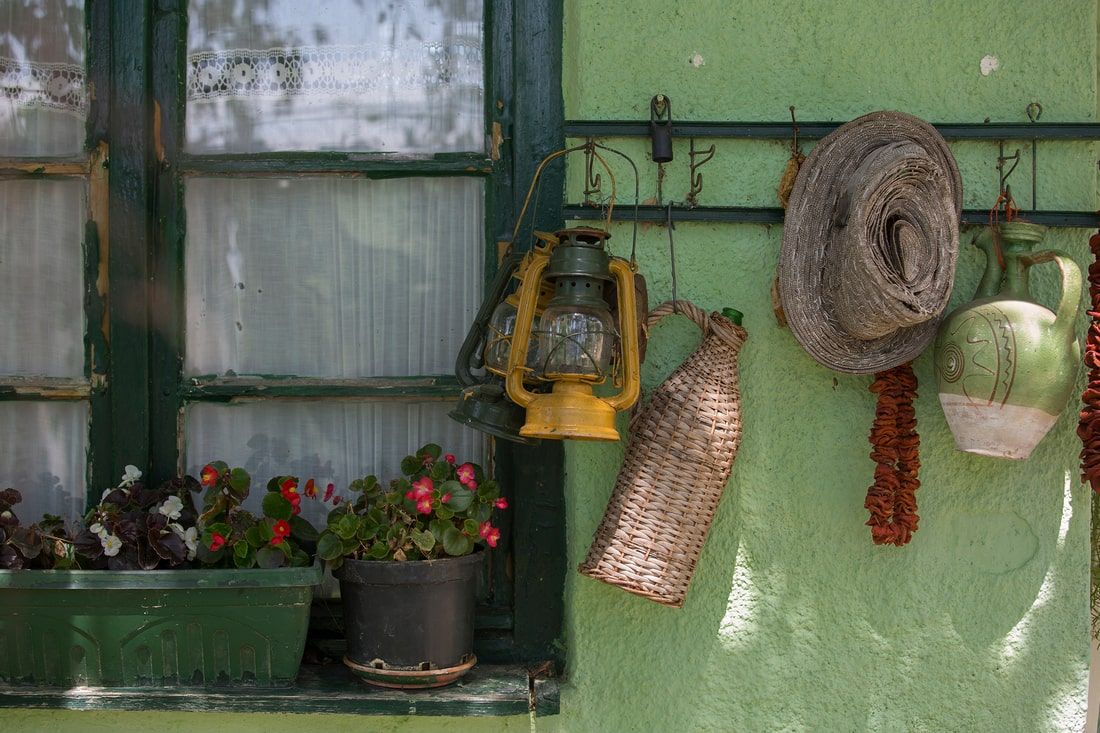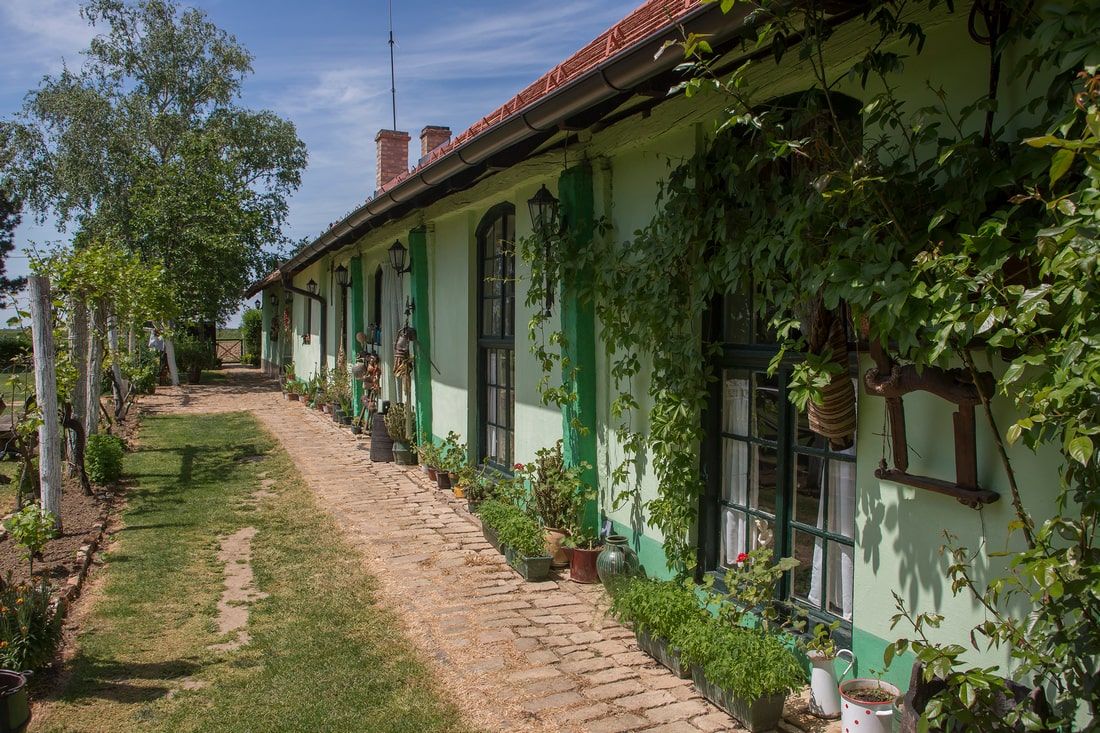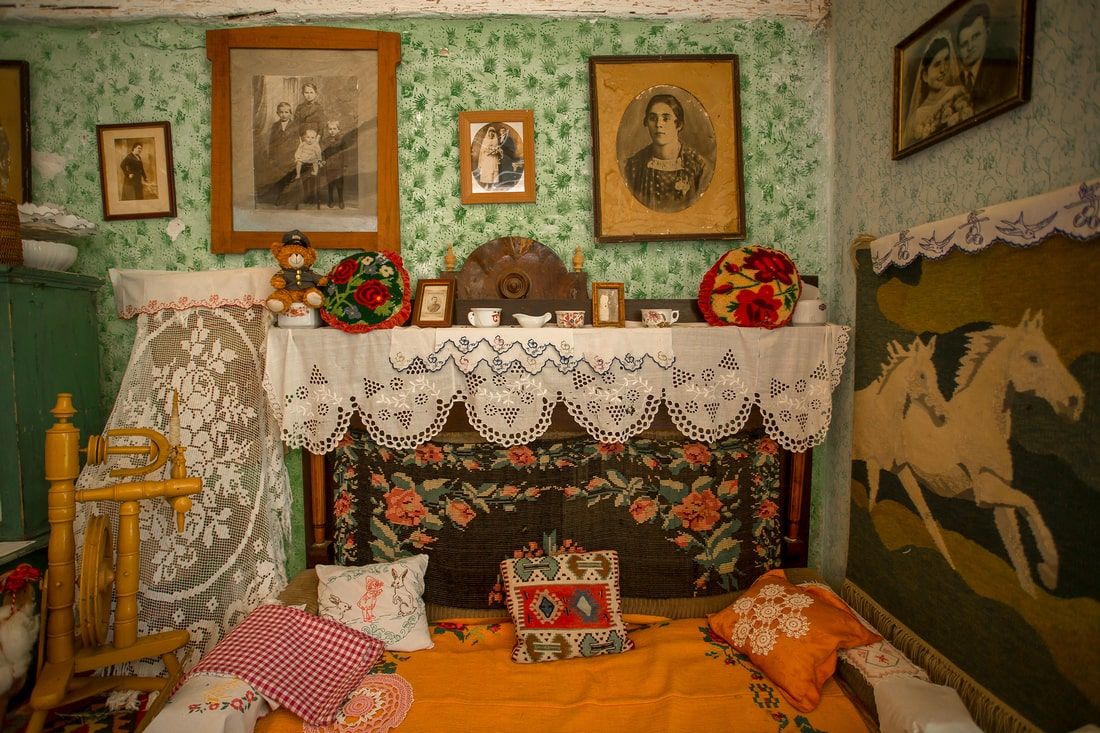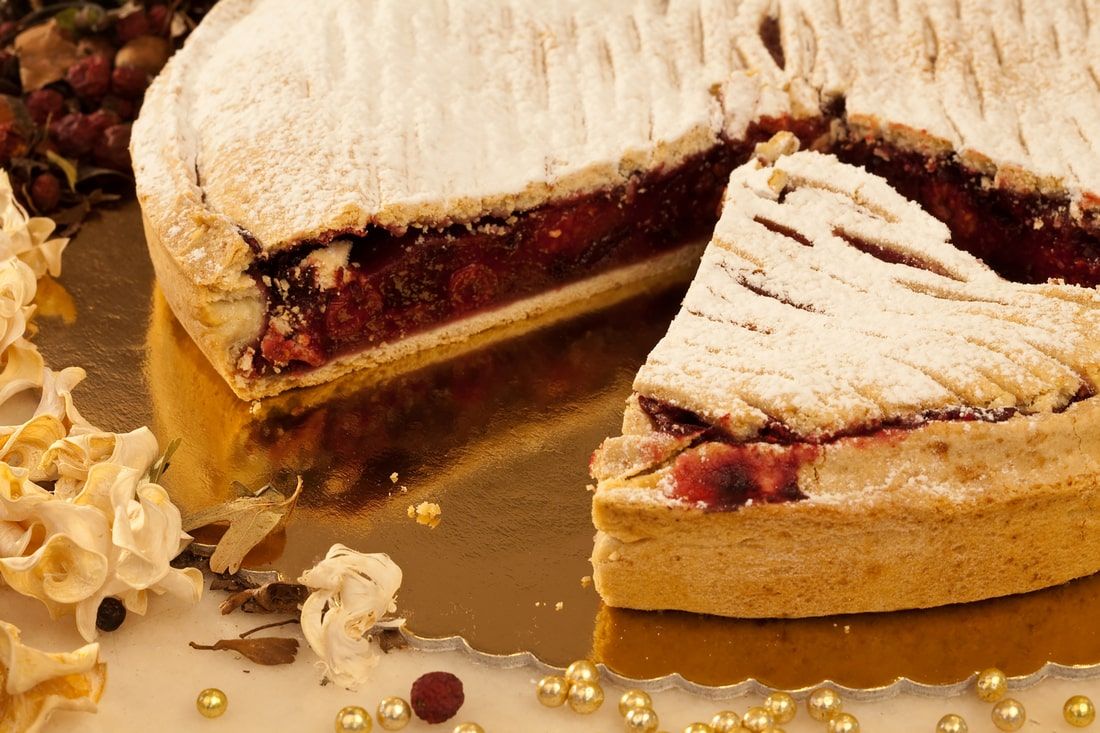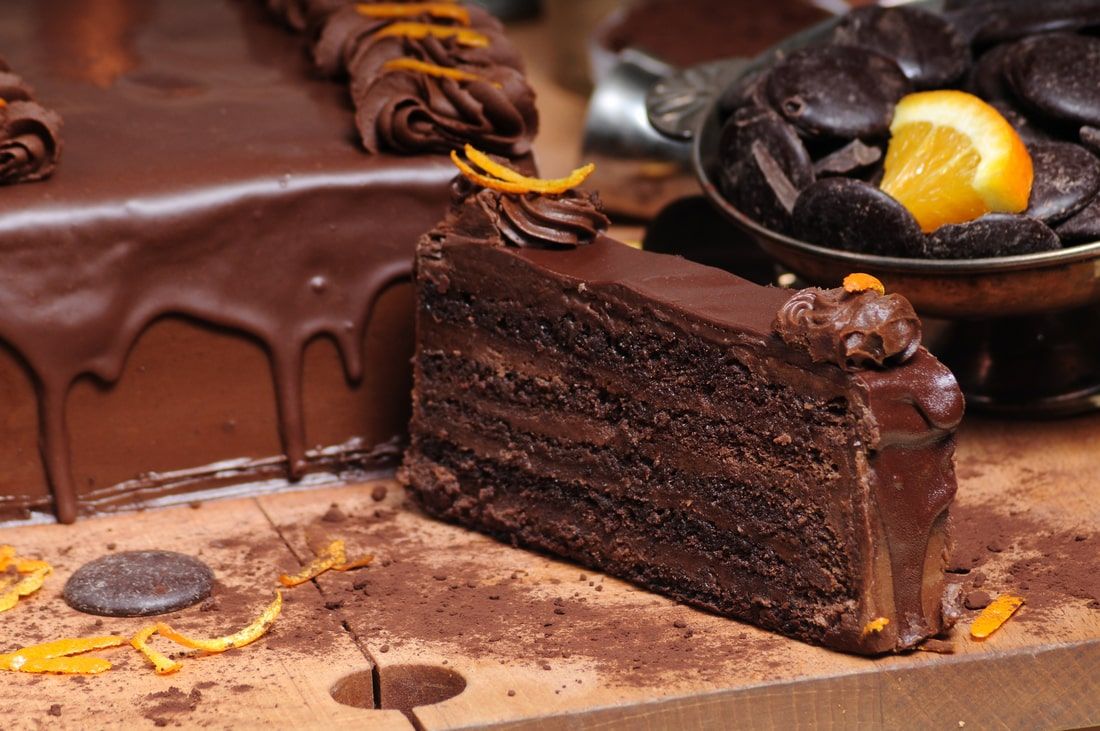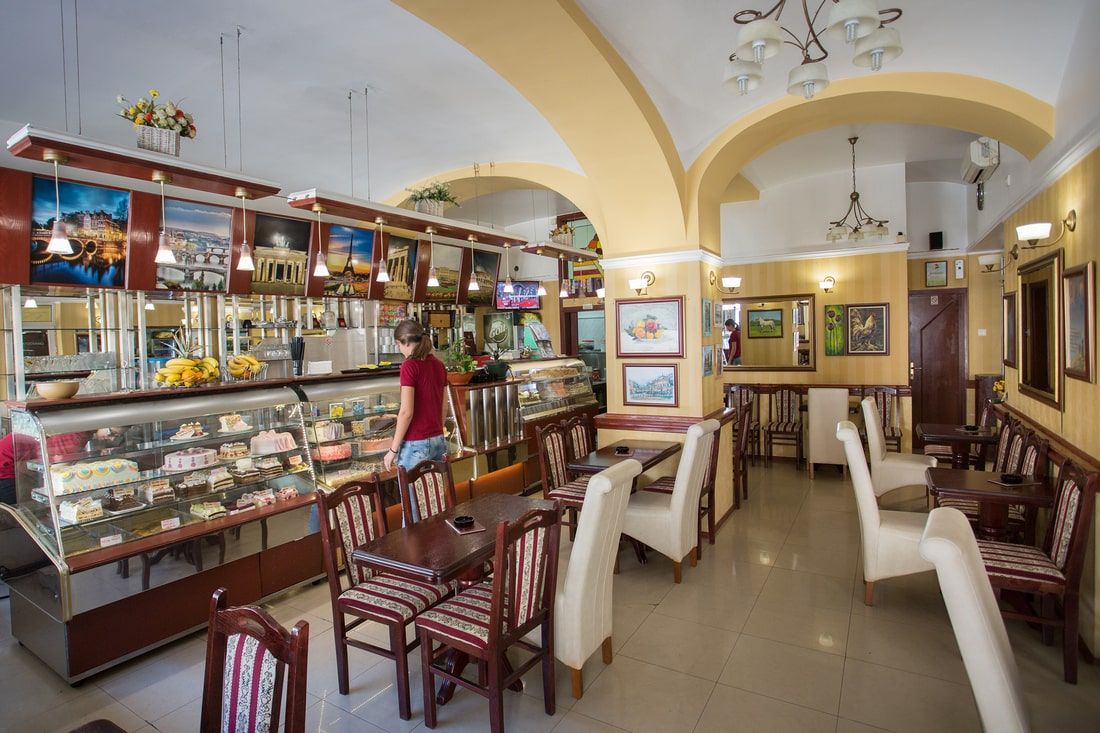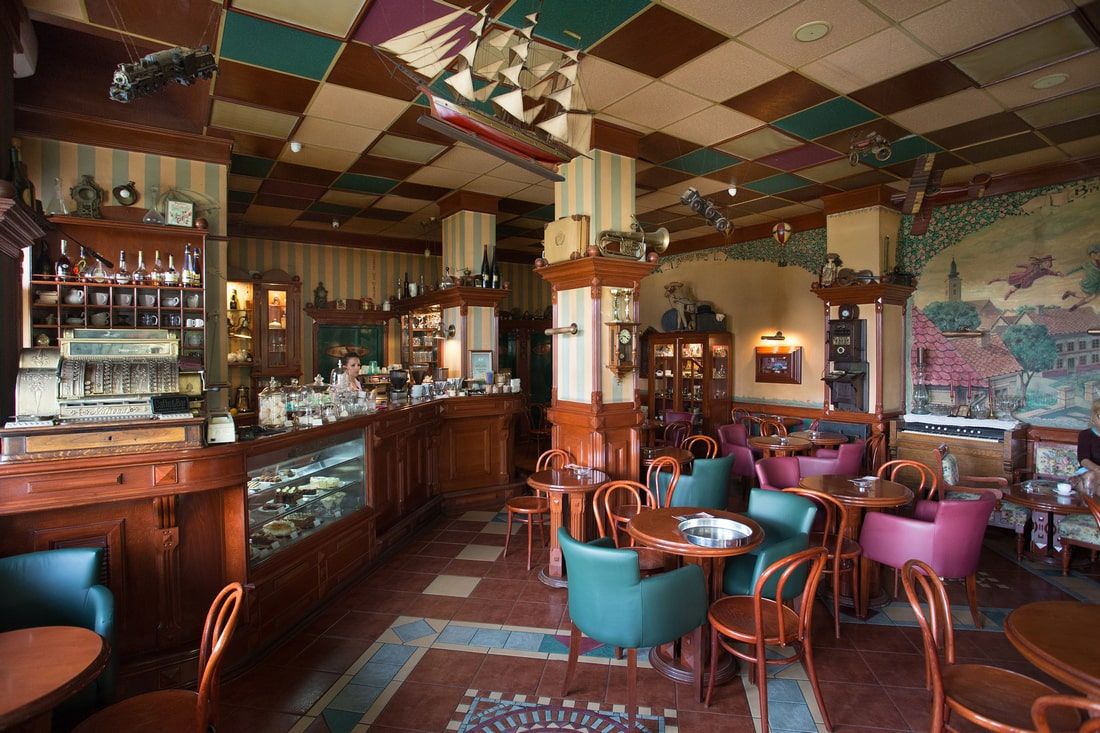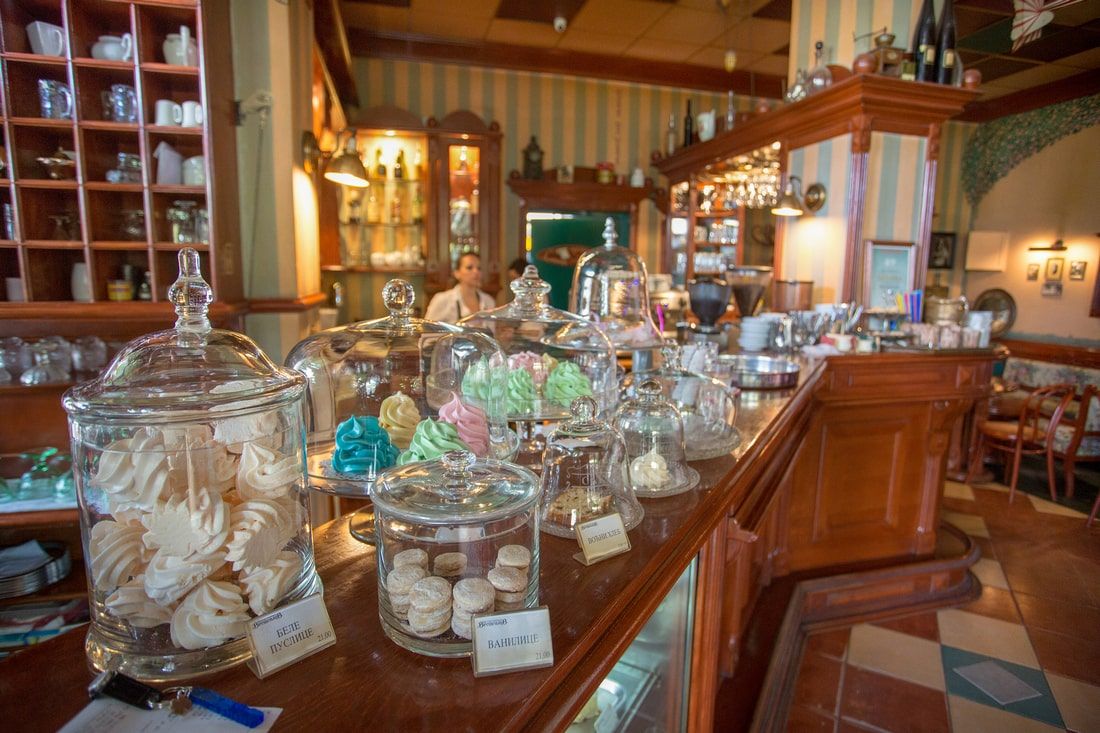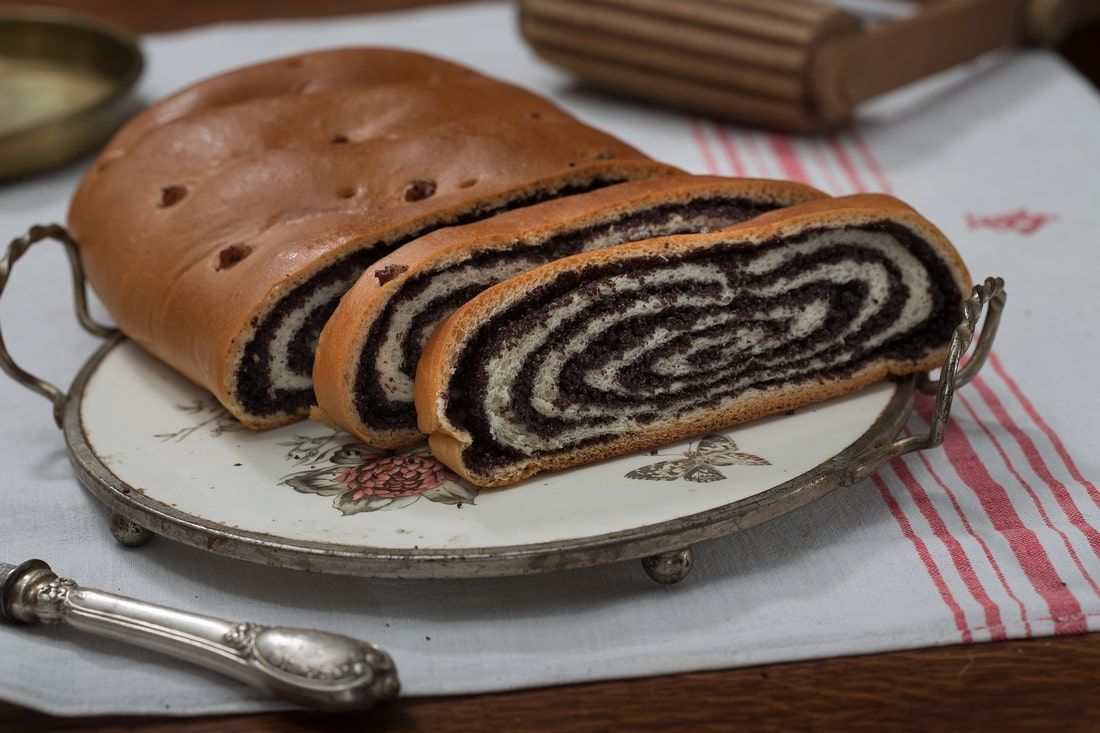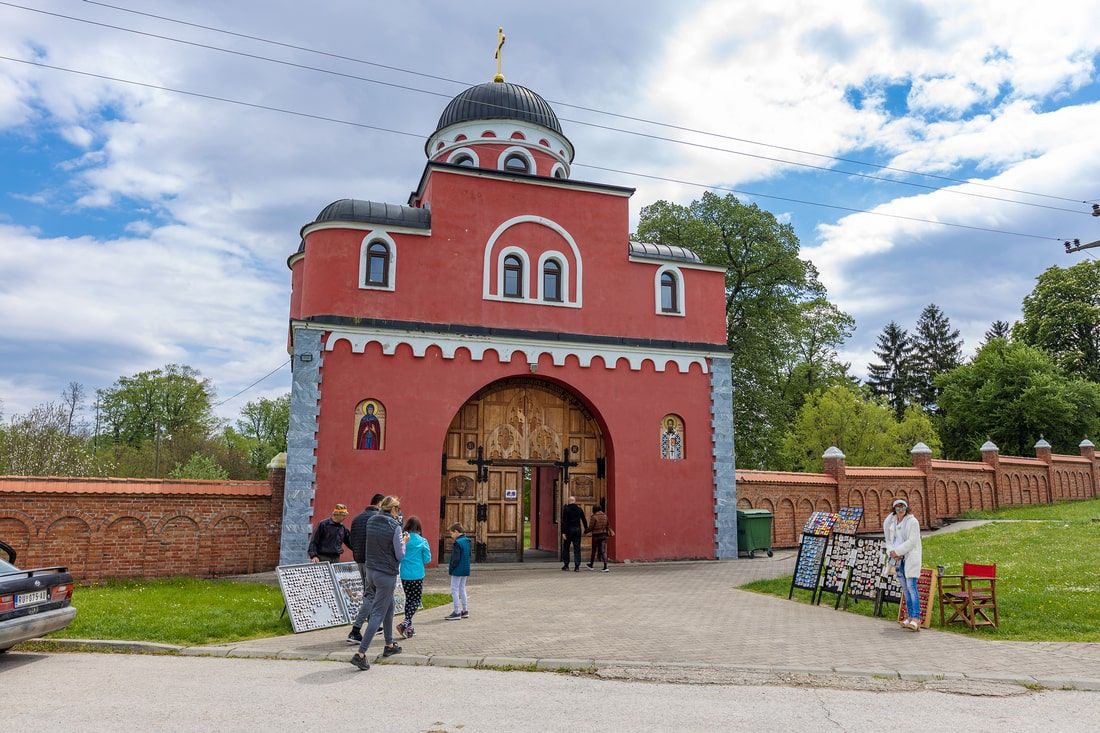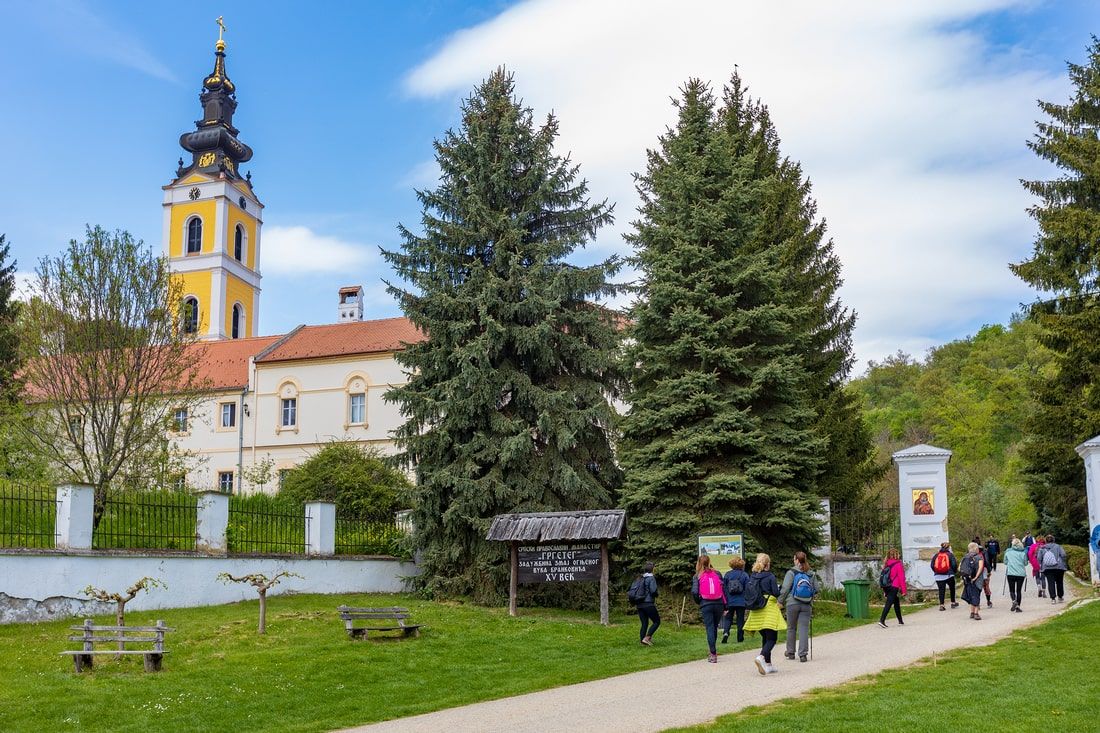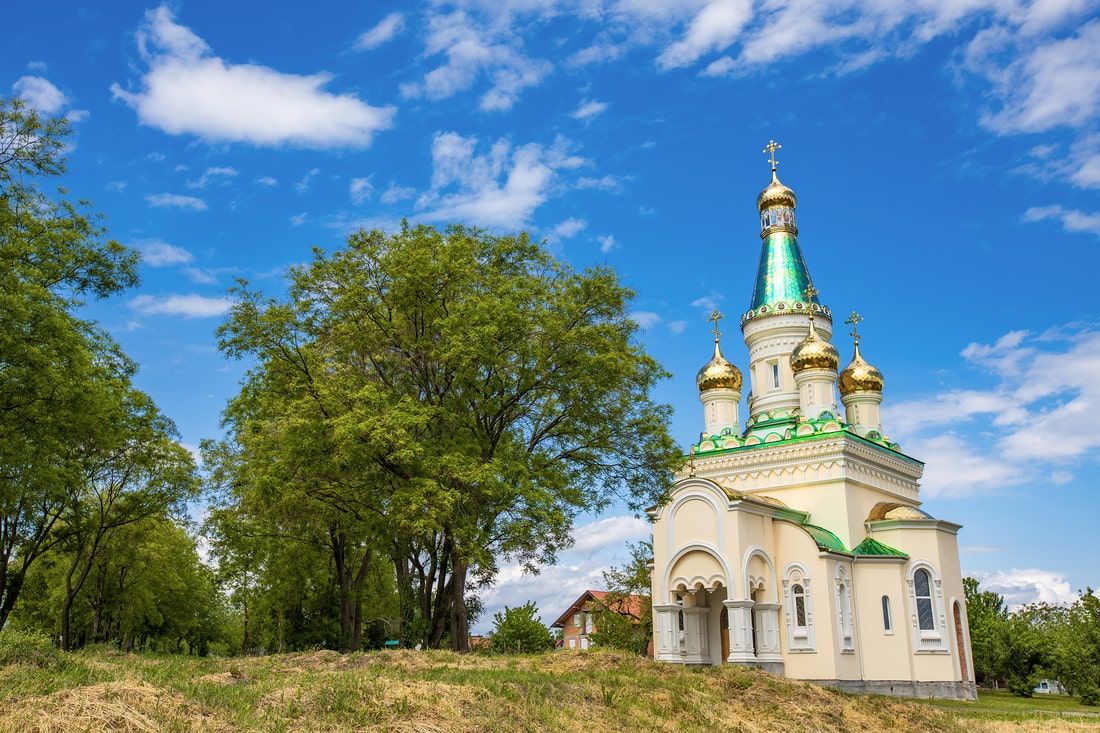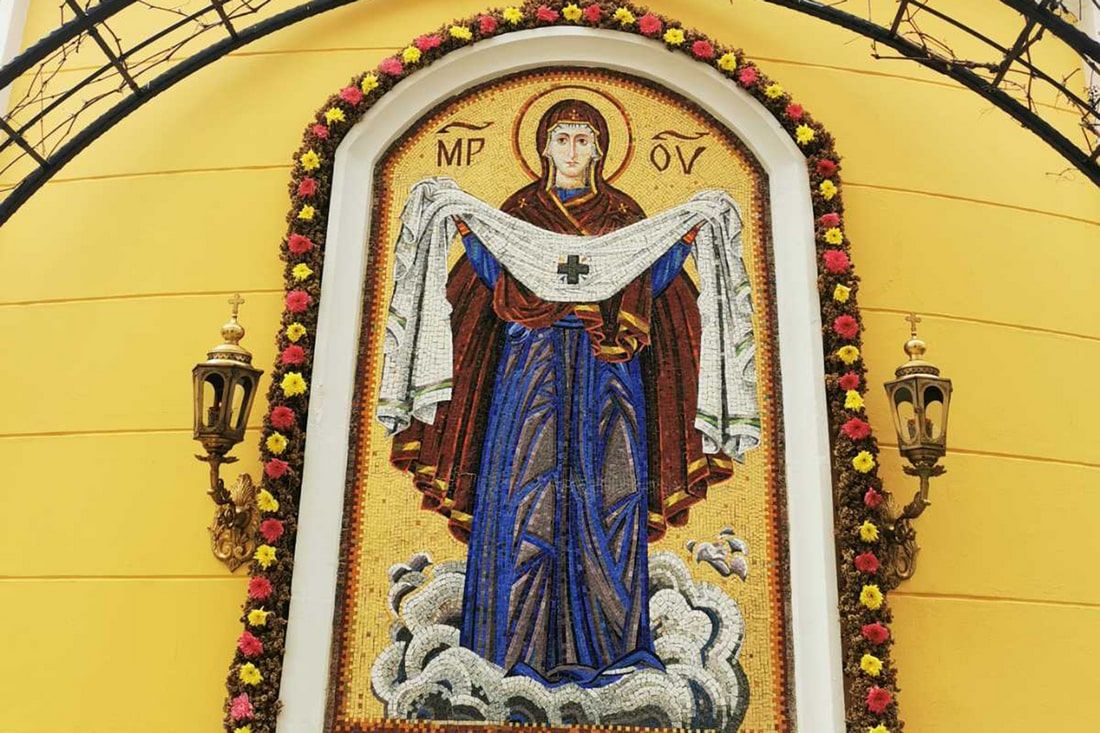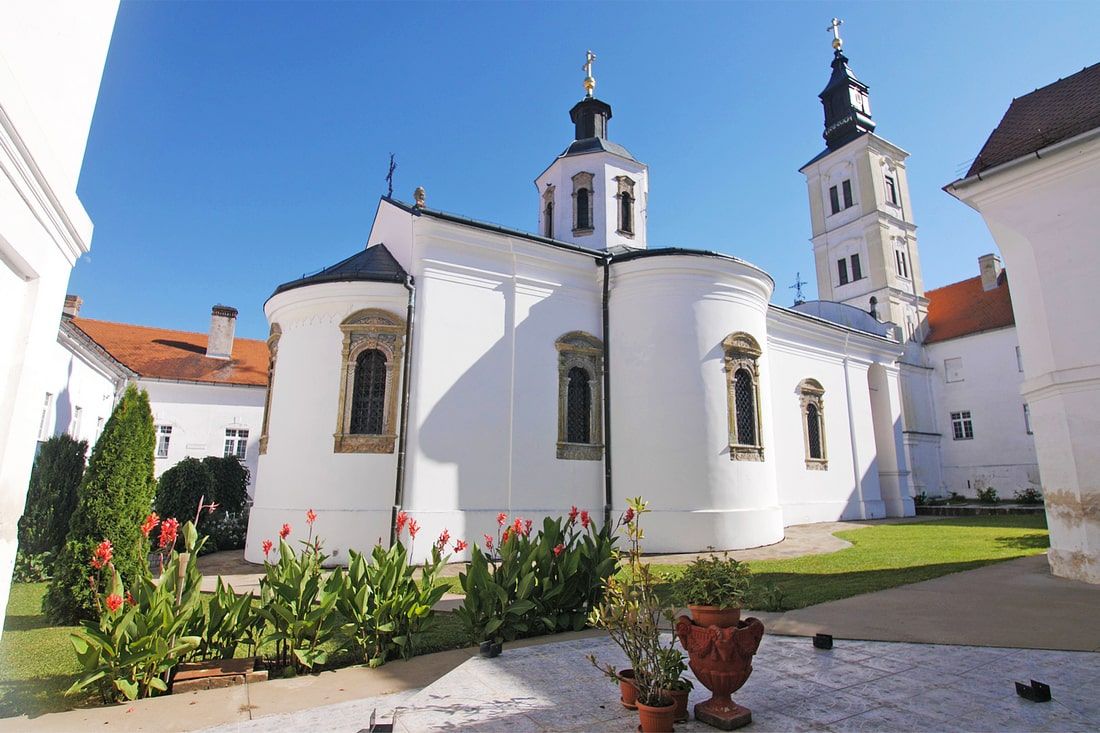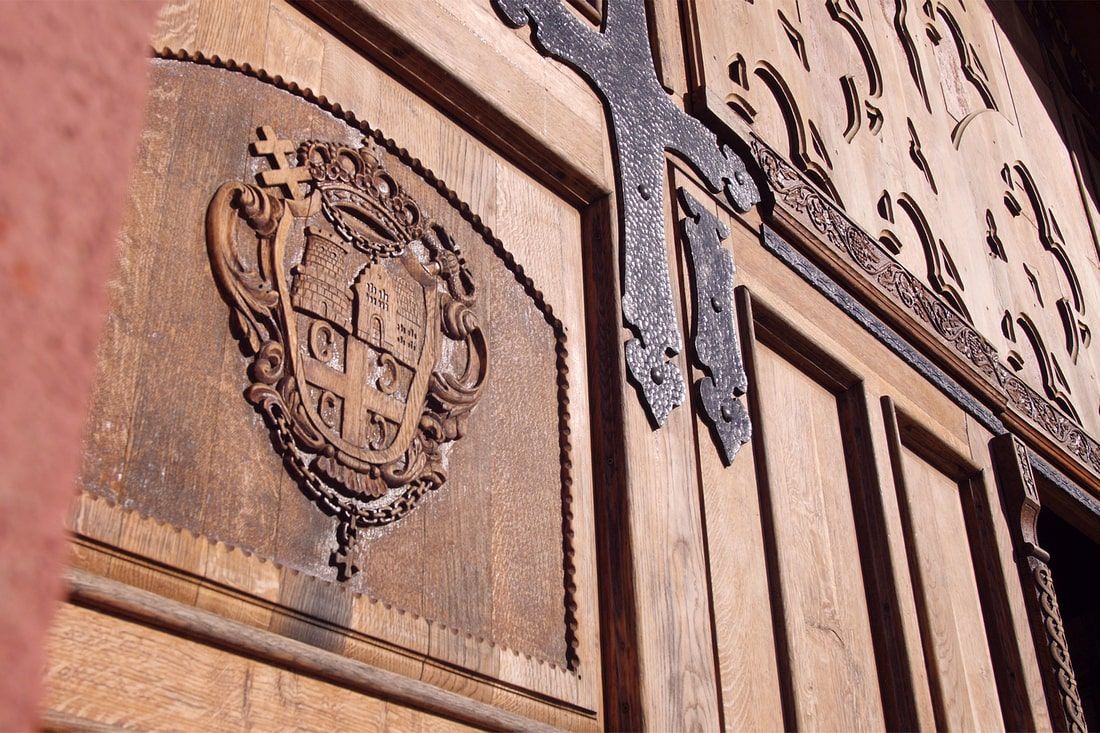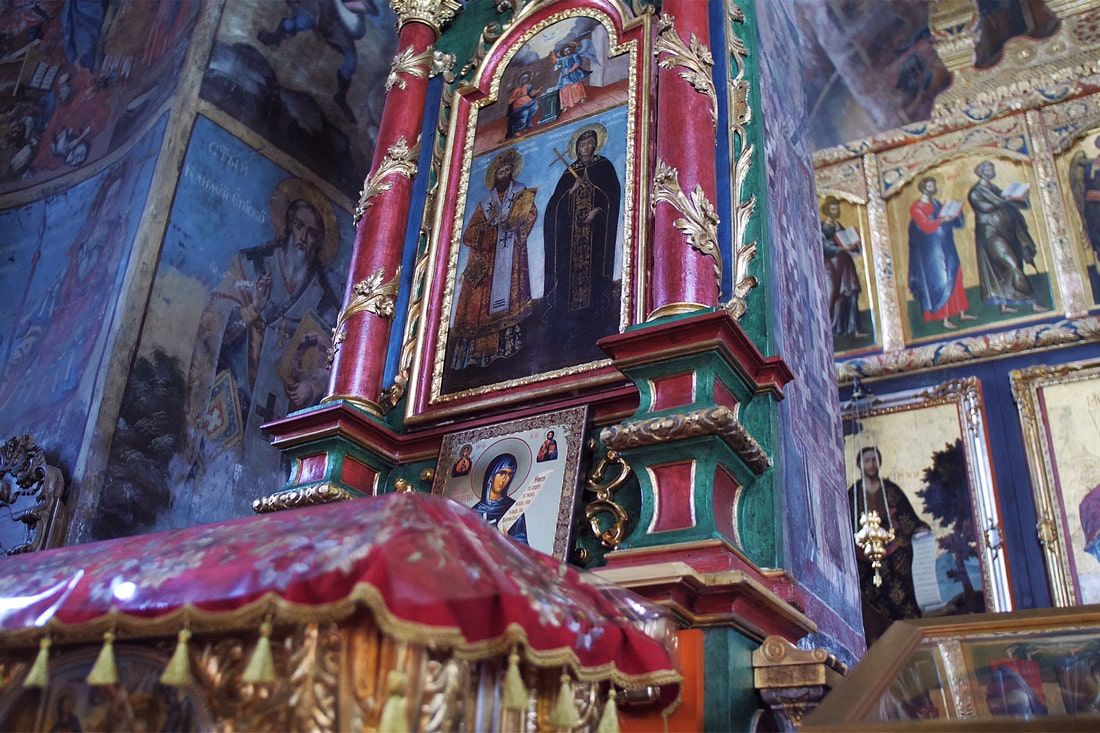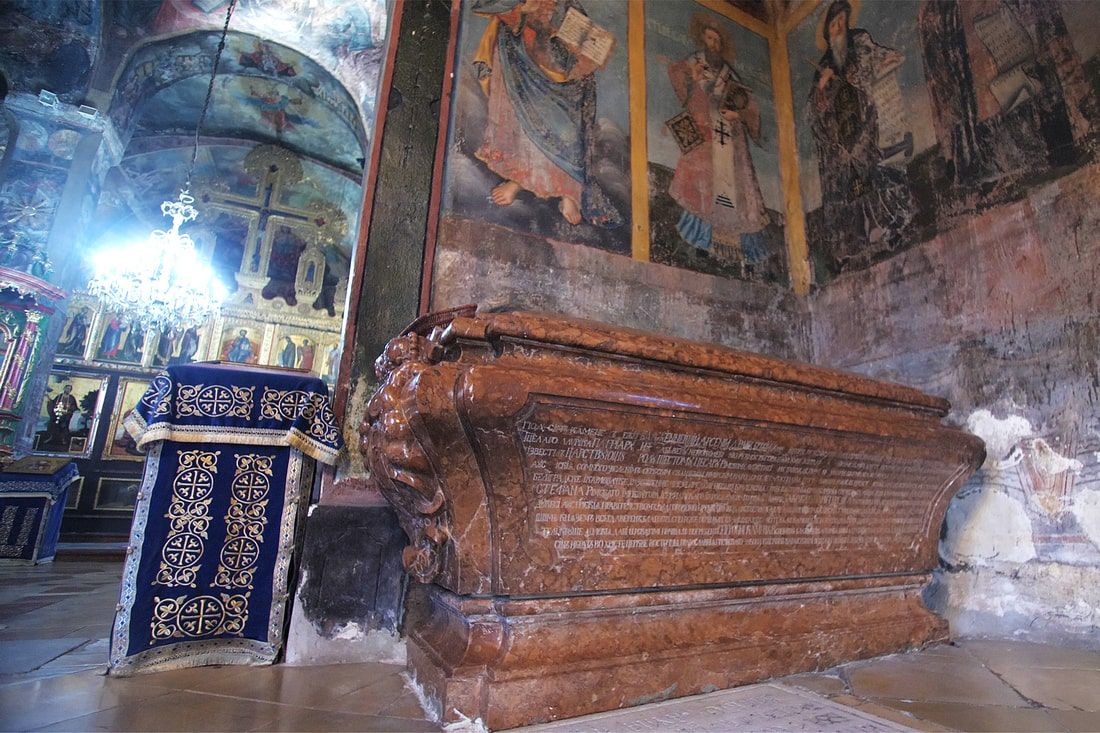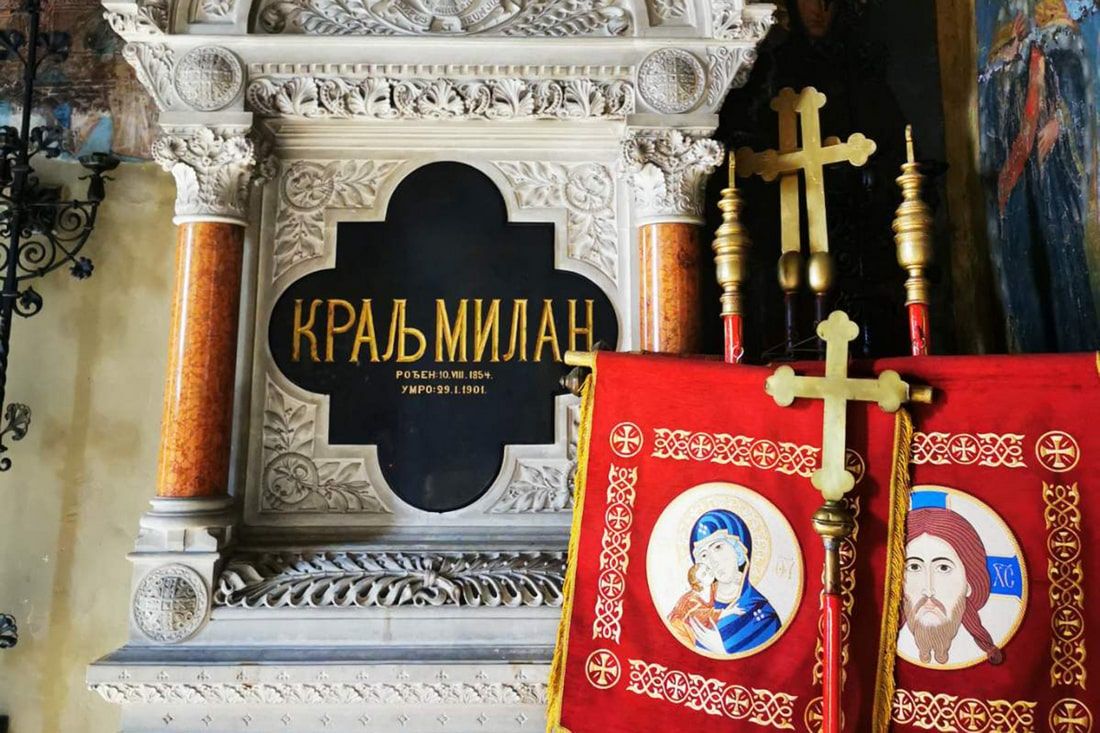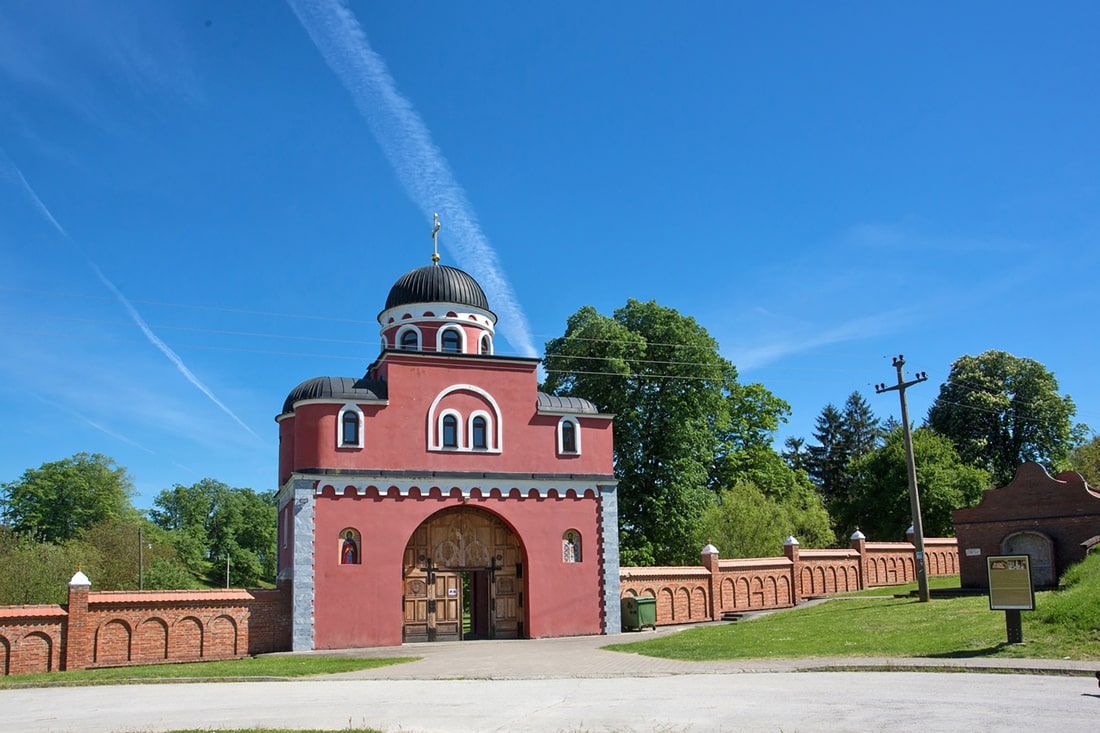52 Weekends- August
Petrovaradin Fortress – A view from a new perspective
In addition to being a symbol of Novi Sad, Petrovaradin Fortress is a witness to a multi-confessional tradition, strongly relying on European culture, but also the most attractive tourist zone of the city, a place that can offer surprising spaces and contents to new conquerors – tourists and visitors. Today, it is partly transformed into a space of many alternative contents thanks to the initiative of artists who took over parts of former military workshops, warehouses, officer’s apartments, and even parts of underground communications, and partly adapted them to tourist demand.
The life and work of over one hundred artists, gathered in one of the largest informal colony of artists in the world, “Likovni krug” (“FIne Art Circle”) gave a special character to the modern look of the former military fortress, as a large number of studios with constant formal and informal exhibitions of paintings, photographs and sculptures gave Petrovaradin Fortress a new creative platform for various valorisations, including tourism. The accessibility of the studio on the ground floor of the Long Barracks is traditionally in the focus of visitors.
Gordana Stojaković
Fruška Gora crisscross
Fruška Gora forests, meadows, glades, lookouts and lakes entice you to enter them and spend a whole day away from the city noise walking in a green environment. For decades, the citizens of Novi Sad and their guests have had the privilege of being invited to join the mountaineering associations, which organize hikes along and across Fruška Gora.
Picnic sites, especially those in the vicinity of forest units such as: Iriški venac, Zmajevac Andrevlje, Brankovac, Osovlje, Glavica, Popovica, Vilina voda, TV tower, Astali, Testera, Letenka and others, or forest eco-systems such as Papratski do, Stražilovo, Zmajevac, Kraljeve stolice, Ravne and others, are just a part of that primordial space that restores appeasement and joy while we are in it.
During the summer heat, hiking at Fruška Gora can include swimming in lakes such as Međeš, Borkovac, Bešenovac or Bruje, attractions such as Rakovac caves (Beli majdan), Rakovac hermitage, (which was carved in a soft rock by the monks of the monastery Rakovac in the 18th century), Grgurevci caves, paleontological site near the monastery Grgeteg, rocks on the lookout of Orlovo bojište and others. The monasteries of Fruška Gora are frequent picnic goers resorts, and in the mountaineering itineraries of Staro Hopovo and Đipša, due to the distance from the settlements and the nature that surrounds them, they are singled out as special treasures.
The richness of nature, especially linden and oak forests, flora and fauna, the beauty of the landscape of Fruška Gora have been protected since 1960 with the founding of the first national park in the socialist Yugoslavia (https://novisad.travel/en/fruska-gora-2/).
Gordana Stojaković
,,Salaš” farmsteads are the stars in the flatland
Wherever you go from Novi Sad, whether towards Futog and Begeč, whether towards Kovilj, or towards Fruška Gora, everywhere you will find separate worlds created on family estates, which include a house, a garden, often a large piece of land, and sometimes forests. These are “salaš” farmsteads – places under the sun that preserve the memory of life in the flatland of some past times, if nothing else, then through a story and family photos.
“Salaš” farmsteads are points in space where it is possible to regain the interrupted flow of vital energy while walking barefoot on the yard grass. To this should be added the pleasure that you can inherit after a “salaš” lunch, or sleep in a guest room, maybe on a couch placed in a “konk” (closed entrance hall). There are also “salaš” farmsteads that have retained the aesthetics of the former estates on which they were built, but are completely adapted to the needs of modern demand. Whatever you decide upon, it will be your choice.
You can find more details at the following links: https://novisad.travel/salasi/; https://novisad.travel/salasi-i-etno-kuce/
Gordana Stojaković
On the trail of gourmands
Novi Sad pastry shops and sweets are a multiethnic story. August is the right time to visit Vremeplov and enjoy a piece of Vasina, or some other cake, served in the garden of this institution of sweets with a handful of awards for product quality. There is also Carigrad, a coffee pastry shop with excellent ice cream, “boza” and other sweets, whose garden overlooks the very centre of Novi Sad.
In the city centre there are also pastry shops: City, Ana, Evropa, Figaro Plus, Šeherezada, Moritz Eis, Ice Lab, and great cakes are served in restaurants Atina, Veliki, Project 72, and Maša…
The cake placed in a cone, sized as a snack – a cupcake, is very popular, and the pastry shops Hladiša and Pecko and Sister Cupcakes are favourite places to buy them. The list of appreciated places to enjoy desserts can be stretched into one long string. In fact, everyone is invited to supplement it, because no matter which place we decide on, we will not make a mistake (https://novisad.travel/poslasticarnice/).
Gordana Stojaković
From Banstol to Krušedol and Grgeteg
Banstol is one of the gates of Fruška Gora, through which those visitors who started touring the cultural heritage, most often monasteries, from Sremski Karlovci most often pass. The settlement is dominated by the Church of the Blessed Virgin Mary built in the Russian style. It is a tame, lively place where the everyday life of most permanent residents is connected with the benefits of Fruška Gora, and many have decided to offer accommodation here to excursionists and anyone who wants to explore the beauties of Fruška Gora. There is also the Rural Tourist Household “Banstolka”, which, in addition to accommodation, offers culinary workshops, trainings in embroidery, calligraphic writing, icon painting, folklore, and the purchase of healthy Srem food and winter food.
The monasteries of Krušedol and Grgeteg are nearby.
The Krušedol Monastery is a place that is often visited by excursionists, pupils and students, lovers of history and nature. The monastery is the endowment of the Srem noble family Branković from the 16th century, and at the same time their mausoleum. The monastery church is dedicated to the Annunciation. The frescoes from the period of the church’s construction are preserved on the pillars, and in the rest of the church the one from the period of renovation in the 18th century, the work of Jovo Vasilijević and Stefan Tenecki. The altar is a monumental composition, composed of icons made in the period from the 16th to the 18th century. The rulers from the Obrenović dynasty, King Milan and Princess Ljubica, patriarchs Arsenije III Čarnojević and Arsenije IV Jovanović and Duke Stefan Šupljikac were buried in Krušedol.
According to tradition, the Grgeteg Monastery is an endowment of Zmaj Ognjeni Vuk from the 15th century, but the first written information about it is from the 16th century. The church of the monastery is dedicated to St. Nicholas. There is information that the monastery was deserted in the 17th century. Today’s appearance is a consequence of the renovation completed in 1901 according to the projects of Herman Bole. The new iconostasis was painted by the famous Serbian painter Uroš Predić by the beginning of the 20th century.
Gordana Stojaković

